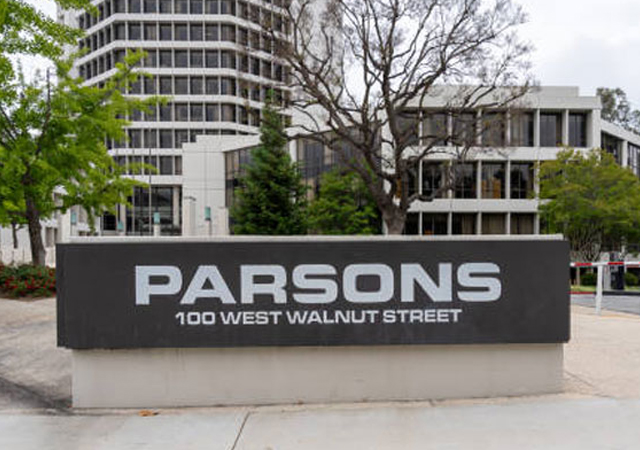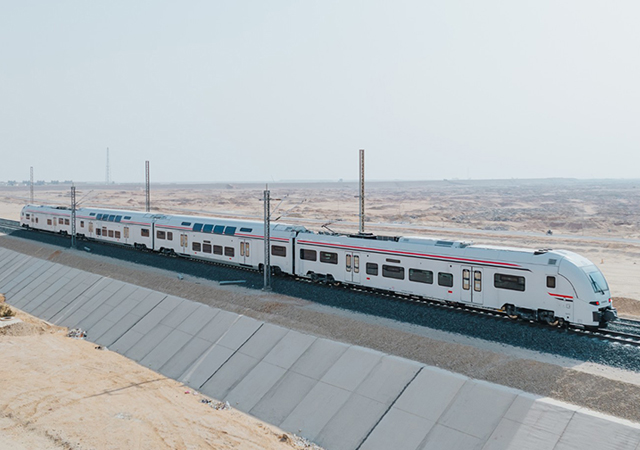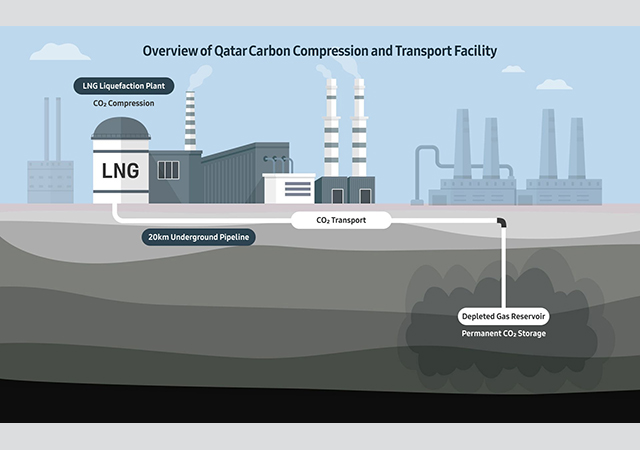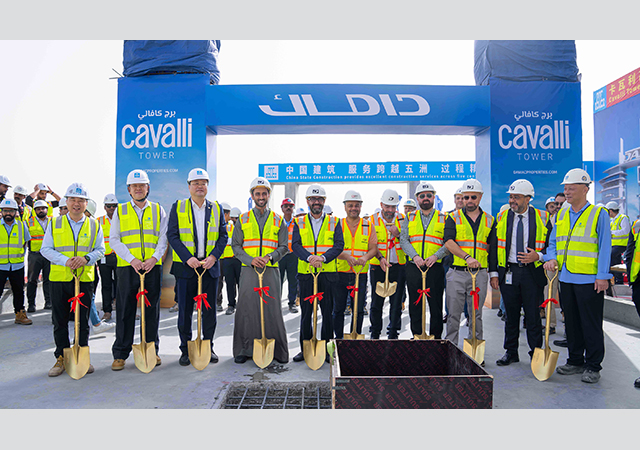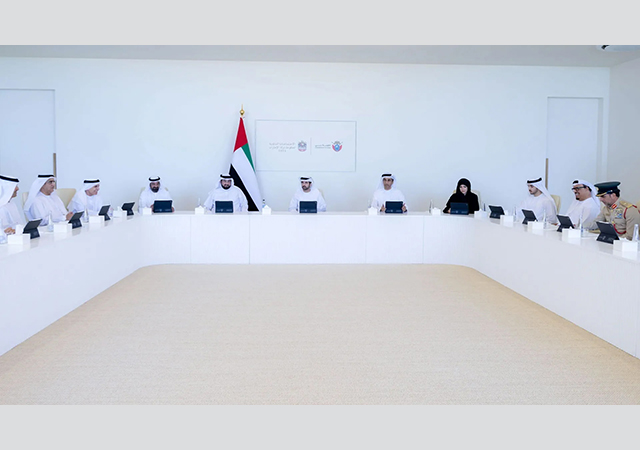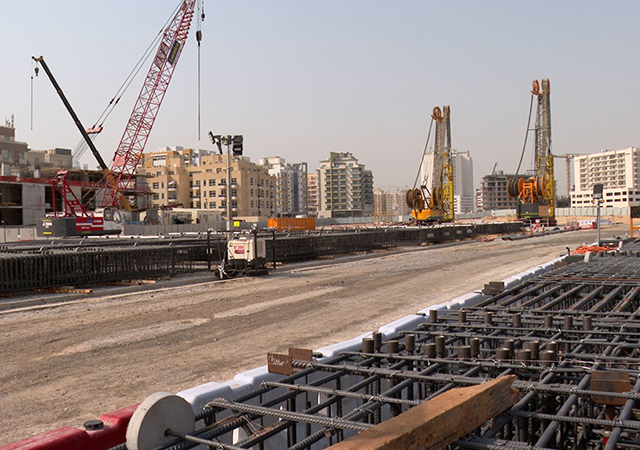
 Jordan
Jordan
What is special about a condition precedent – and how can we identify one? It sounds obvious but parties often mistake general contract terms for conditions precedent just because there is an obvious logical or commercial link between an initial event and a later event.
This often happens when operating a contract that places a time limit on a contractor’s claims submissions: within (say) seven days after becoming aware of an event or circumstance that might constitute grounds for that claim. When (as often happens) that submission is made later than the required seven days, the contract administrator might declare the claim to be “invalid” because it was not notified in accordance with the contract. Well, we can see that the claim was submitted late, but does that lateness invalidate the claim? In other words, is the seven-day requirement just process or is it a condition precedent to entitlement to pursue the claim: the legendary “time bar”?
That’s our question for today - and it matters, because risks exist for both parties if it is misunderstood. Contractors falling foul of a time bar can lose their entitlements. Owners refusing to administer a time extension claim on the mistaken basis that there is a time bar, might face arguments from the contractor that the mechanism for time extensions has been rendered inoperative – and, consequently, forfeits the right to insist on a specific completion date or to impose liquidated delay damages. Without commenting on the merits of such contractor arguments, it is clear that disputes of this nature are best avoided.
Helpfully, a court has recently given us a concise guide to factors by which we can identify a condition precedent. This was a technology dispute and the alleged condition precedent was connected with delayed completion of services. It went like this:
Tata Consultancy Services Ltd (Tata) was engaged by the Disclosure and Barring Service (DBS) – a UK government agency – to digitise DBS’s records. The contract provided for the payment of liquidated damages (oddly called “Delay Penalties” even though they would emphatically not be intended as penalties!) for late completion of the services. As you guessed, completion was delayed and DBS claimed the Delay Penalties, which were payable (among other options for DBS) under clause 6.2 of the contract. But clause 6.1 stated:
“If a Deliverable does not satisfy the Acceptance Test Success Criteria and/or a Milestone is not Achieved due to [Tata’s] Default, [DBS] shall promptly issue a Non-conformance Report to [Tata] categorising the Test Issues as described in the Testing Procedures or setting out in detail the non-conformities of the Deliverable where no Testing has taken place, including any other reasons for the relevant Milestone not being Achieved and the consequential impact on any other Milestones. [DBS] will then have the options set out in clause 6.2.”
DBS had not issued a Non-Conformance Report, which Tata argued was a condition precedent to DBS’s entitlement to take any steps set out in clause 6.2 including the levying of Delay Penalties. The English Court of Appeal agreed with Tata and found that DBS was not able to recover those Delay Penalties.
Interestingly, this clause is not set out in the conventional condition precedent structure of “Only if X happens, can Y happen”. In clause 6.1, the “if” does not relate to the meeting of the condition precedent; it relates to late or poor deliverables, and it triggers an obligation on DBS to “promptly” issue a Non-conformance Report, regardless of whether DBS intends to take any of its clause 6.2 remedies. But crucially, the final sentence states that, having promptly issued that report, DBS “will then” have the clause 6.2 options. And that is the central plank of the decision. As the judge (Coulson LJ) put it, the question is:
“Whether the words, in their context, make it plain that there is a conditional effect: that unless one step is taken, you are not entitled to the relief envisaged at step two.”
DBS made several arguments against interpreting the above words as a condition precedent, mostly about lack of clarity in the wording as evidence for the parties not having intended to create a condition precedent. In dealing with them, the court made some useful comments on identifying a condition precedent, including:
• The words “condition precedent” are not necessary;
• Placing a time limit on satisfaction does strengthen the case for it being a condition precedent;
• But the lack of a specified time is not fatal. “Promptly” can be understood and the parties had used the words “as soon as reasonably practicable” elsewhere in the contract to support another condition precedent.
Whilst this judgment is typical of the English Law approach, we should remember that the enforcement of a condition precedent to deny an otherwise meritorious entitlement, may well contravene Middle Eastern legal principles. Just one codified example that we have looked at before is the UAE Civil Code Article 106(1) which states that a party shall be held liable for an unlawful exercise of its rights – and under Article 106(2), that exercise will be unlawful if the interest sought is disproportionate to the harm suffered by others.
* Dubai-based Stuart Jordan is the Global Head of Construction for Baker Botts, a leading international law firm. He has extensive experience in the Middle East, Russia and the UK.





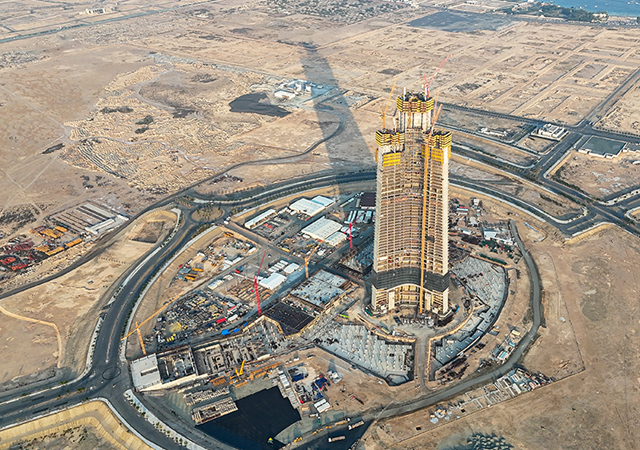


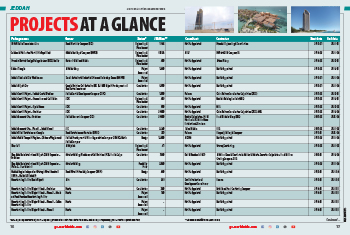






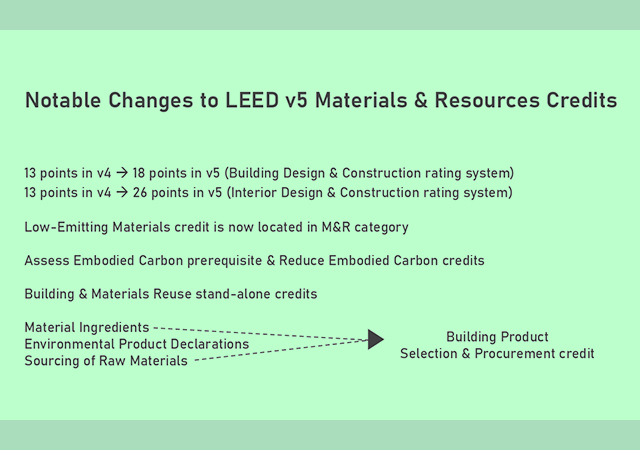
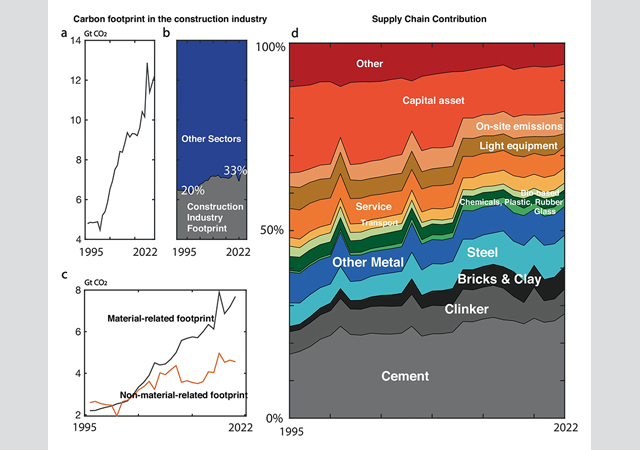
.jpg)





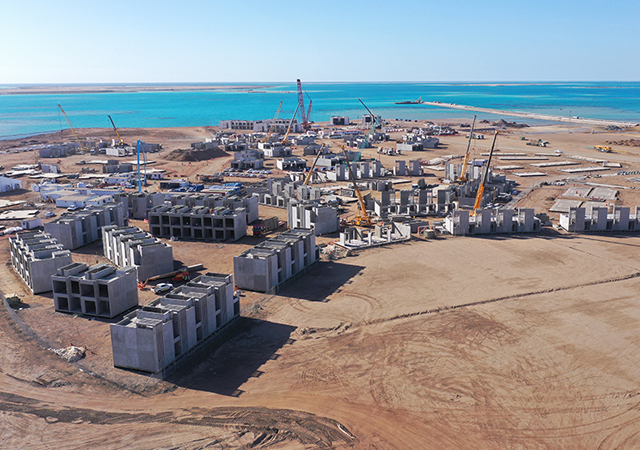







 (1).jpg)


